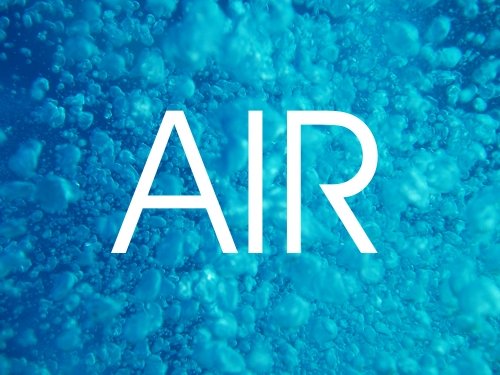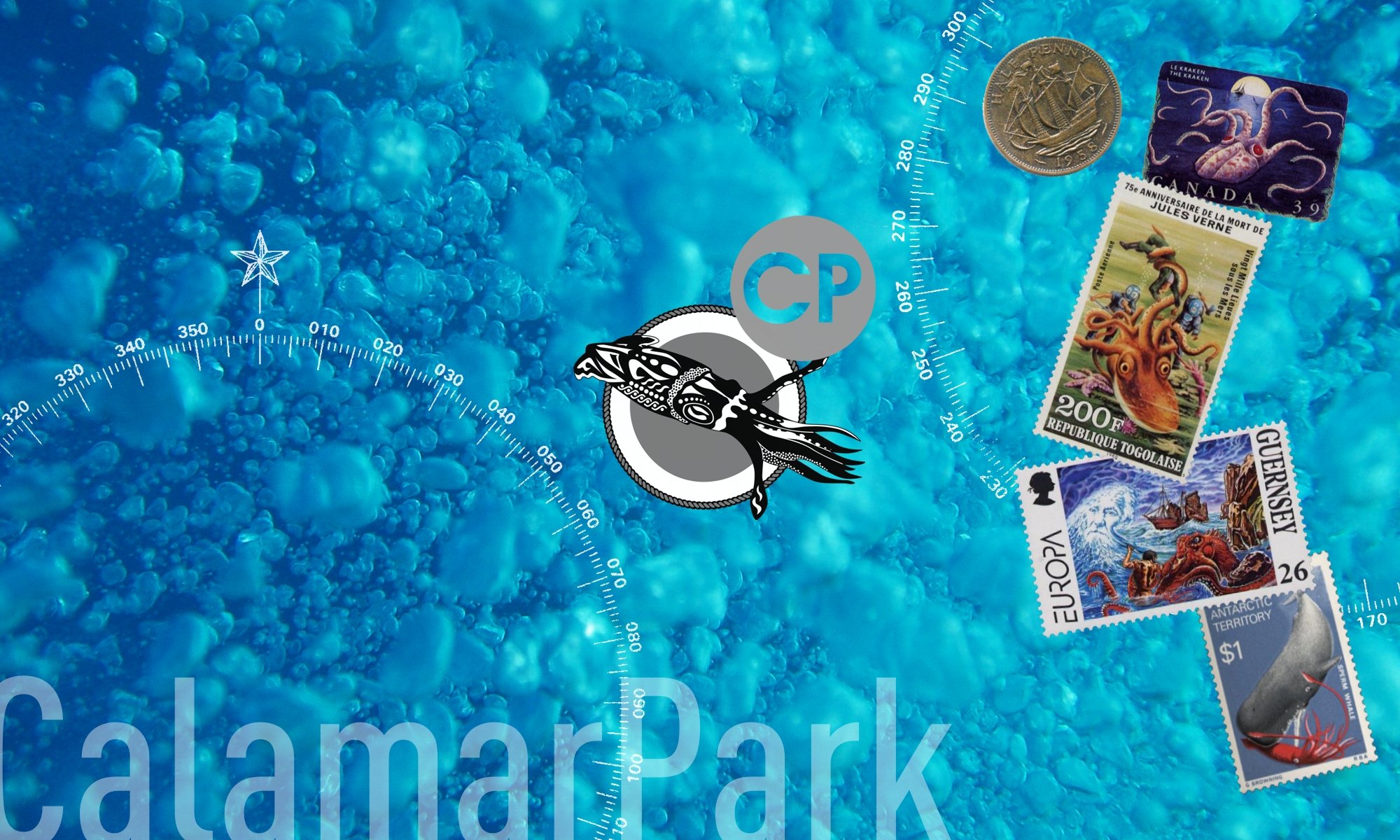 (Update 11.03.2023: structure renewed) This article is intended to define the concept for ensuring the appropriate habitat atmosphere to be used in the Calamar Park modules.
(Update 11.03.2023: structure renewed) This article is intended to define the concept for ensuring the appropriate habitat atmosphere to be used in the Calamar Park modules.
It is divided into the following sections:
- Guide Value for Electricity Costs
- Oxygen
- Oxygen Demand of a Human Being
- Oxygen Availability
- Carbon Dioxide
- Normoxic Gas Mixtures (Normox)
- Air Supply from the Surface
- Carbon Dioxide Scrubbing by Soda Lime
- Carbon Dioxide Scrubbing by Monoethanolamine (MEA)
- Carbon Dioxide Scrubbing by Sea Water
- Photosynthesis
- Water-Air Membrane
- Oxygen by Electrolysis
Our extensive analysis and proposals are part of the design manual.


Well, there are more points why compressed air tanks should be stored outside. First is simply space, because the internal space is precious (Have you ever spent a week in a camping trailer?). Second, if the tanks have to be moved in and out for refill, that’s a hard and time consuming work. Especially if there is an air lock in between. However, I do not agree with the statement that compressed air tanks add a risk to the habitat when stored inside. Technically there is no difference between a storage tank for compressed air and a SCUBA tank, except… Read more »